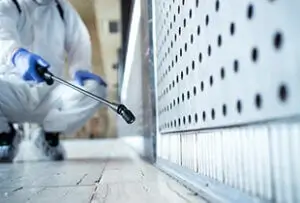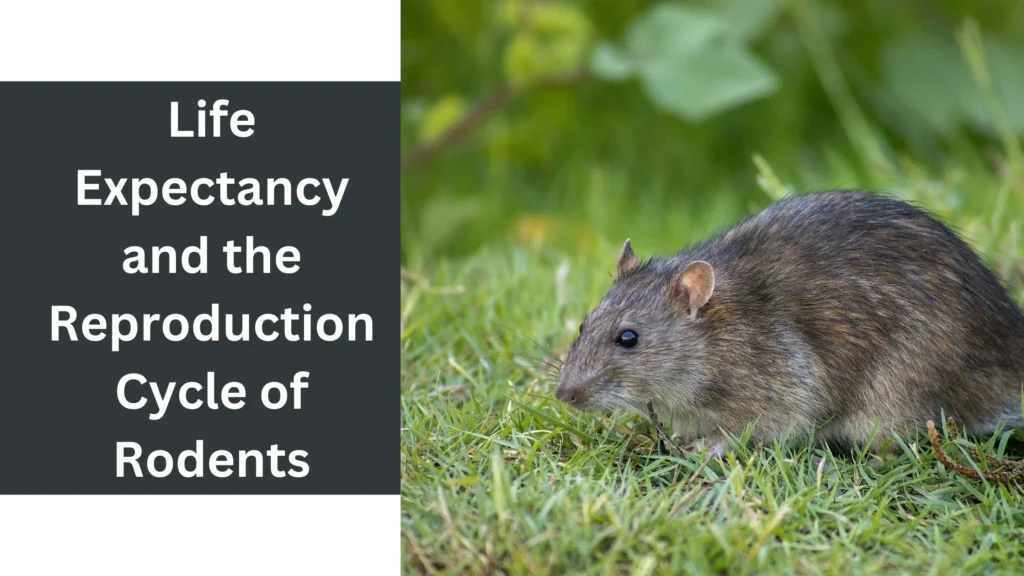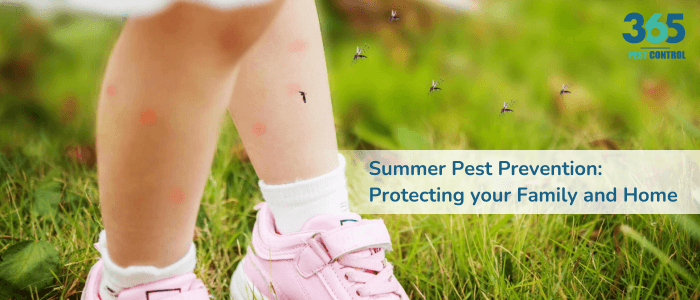The lifespans and reproductive habits of rodent species, such as mice and rats, vary within the same family. Breeding habits, gestational periods, and maximum lifespans of rodent species demonstrate the diversity of lifespans and reproductions among rodent species. It is crucial for conservation efforts and pest management strategies to understand how these rodent species adapt to their specific environments and ecological niches.
Mouse Life Cycle
Throughout their life cycle, mice undergo a series of stages that affect their development and interaction with the environment, making them fascinating creatures. Understanding their life cycle provides insight into their behaviour and habits. Researchers and pest control professionals can effectively manage and control mouse populations by gaining a deeper understanding of their life cycle. In addition, studying the life cycle of mice can help individuals prevent infestations and create a more harmonious relationship with them.
Mice Reproduction Rate
A female mouse can become pregnant as often as every 4-5 days, giving them a high reproduction rate. In mice, the gestation period lasts around 19-21 days. This quick turnaround allows for multiple litters to be born within a single breeding season, resulting in rapid population growth.
As mice breed at a rapid rate, their population can explode in a short period. With each litter containing several pups, overcrowding and competition for resources can result. Other species in their habitat may be negatively affected by this.
A mouse’s ability to reproduce quickly and in large numbers allows it to quickly establish populations in new environments, making it an invasive species. Aside from their ability to adapt to various habitats and consume a wide range of food sources, they also lack natural predators in some regions, contributing to their successful invasion.
Mouse Litter Size
A mouse litter’s size can be affected by several factors, including genetics, health, and environmental circumstances. Additionally, the age and reproductive history of the female mouse can also have an impact. In addition to genetic factors determining the size of the litter, environmental conditions, such as food availability and stress levels, and the mother’s overall health can also play a role.
Litter sizes can vary widely with mice, ranging from 1 to 20 pups, with an average litter size ranging between 5 and 12 pups. Mice have a rapid rate of reproduction, which can lead to exponential population growth if left unchecked. In the wild, mice can produce up to 10 litres in a year, which can result in a significant increase in the mouse population if proper population control measures are not in place.
Life Span Of Mice
Rodents like mice typically have a relatively short lifespan, living for around 1-3 years in the wild. Due to factors such as predation, harsh environmental conditions, and competition for resources, outdoor mice tend to have a shorter lifespan. Because these external threats are absent from indoor mice, they can live slightly longer.
For the first few weeks of life, mice are born hairless, blind, and helpless, and they require their mother’s attention. Approximately 2 weeks after birth, they open their eyes and begin growing fur, and 3-to 4 weeks after they are weaned from their mothers’ milk. They are considered fully grown and sexually mature when they reach the age of 3-4 months.
In optimal living conditions, house mice can live for up to three years, but their average lifespan is around 1-3 years. The breeding habits of mice contribute to their status as common household pests. They require a clean, spacious area with food, water, and materials for building nests.
Rat Life Cycle
There are several key stages in the life cycle of a rat that include several key milestones and changes that are crucial to their survival and reproduction. From birth to adulthood, rats undergo many changes and milestones. To control rats and conduct research, it is important to understand their life cycle, as it can provide insight into their behaviour and habits.
Rats Reproduction Rate
With a gestation period of around 21 to 26 days, rats reproduce very rapidly. Female rats can become pregnant again after only a few days of giving birth. They can go into heat within 24 hours of giving birth. With such a rapid turnaround, multiple litters can be produced in a year.
It is due to their short gestation period, quick recovery time, and numerous offspring that they can breed so frequently. Furthermore, rats reach sexual maturity at a very young age, usually about 5 to 6 weeks old, so they can reproduce right away.
There are several key stages in the life cycle of a rat that include several key milestones and changes that are crucial to their survival and reproduction. From birth to adulthood, rats undergo many changes and milestones. To control rats and conduct research, it is important to understand their life cycle, as it can provide insight into their behaviour and habits.
Rat Litter Size
Rats usually have litters ranging from 6 to 12 pups, with an average of 8 to 10 pups per litter. Factors that influence litter size include the age and health of the female rat, as well as food and shelter availability. Infestations of urban areas, agricultural lands, and households can occur as a result of rapid rat reproduction.
Pest control professionals can develop effective strategies to manage rat populations by understanding rat litter size. Knowing the average litter size and breeding frequency enables them to implement targeted control methods like trapping, baiting, and exclusion to prevent further infestations. Furthermore, understanding rat litter size can help develop long-term prevention plans, such as sealing entry points and removing potential nesting sites.
Life Span of Rats
A rat’s average lifespan is similar to that of mice, where it ranges from one to three years in nature, depending on factors such as predation, environment, and reproductive characteristics. A rat’s lifespan can be significantly reduced by natural predators such as cats, dogs, and birds of prey. Additionally, rats living in urban environments with abundant food sources can have a longer lifespan.
Rats transmit diseases such as leptospirosis, hantavirus, and rat-bite fever through their urine, faeces, and bites. These diseases can result in serious health problems.
As far as reproduction goes, rats are known for their ability to multiply rapidly in optimal conditions. Female rats can reach sexual maturity as early as 5 weeks old deliver litters of six to twelve pups each year and have an average gestation period of 21 to 26 days.
Pest Control with 365 Pest Control for Effective Rodent Control
365 Pest Control offers a range of effective rodent control methods to help homeowners rid their properties of unwanted pests. Our professional team has a thorough understanding of rodent life cycles, behaviors, and habits, so we can effectively eliminate and prevent rodent infestations. 365 Pest Control ensures the safety of homes by using advanced techniques and products, like our 24/7 SMART Digital Rodent Monitoring.
It doesn’t matter whether you are dealing with rodents, cockroaches, ants, spiders, or any other pesky pests, 365 Pest Control has the expertise to handle it quickly and effectively. We provide pest control services that not only eliminate current infestations but also prevent future problems, giving homeowners peace of mind. Contact us today to schedule a site inspection and begin shielding your home if you are experiencing rodent or pest infestation.







